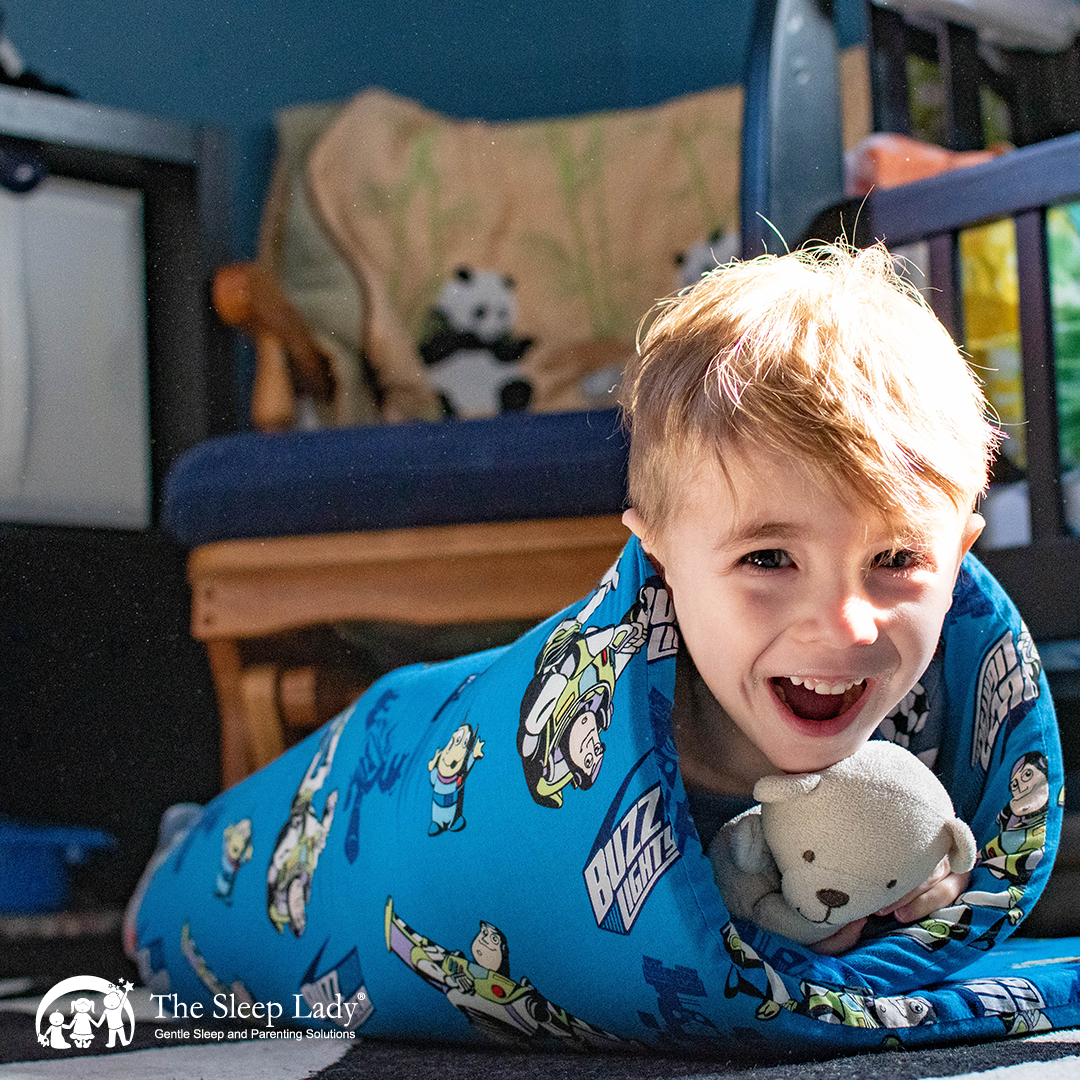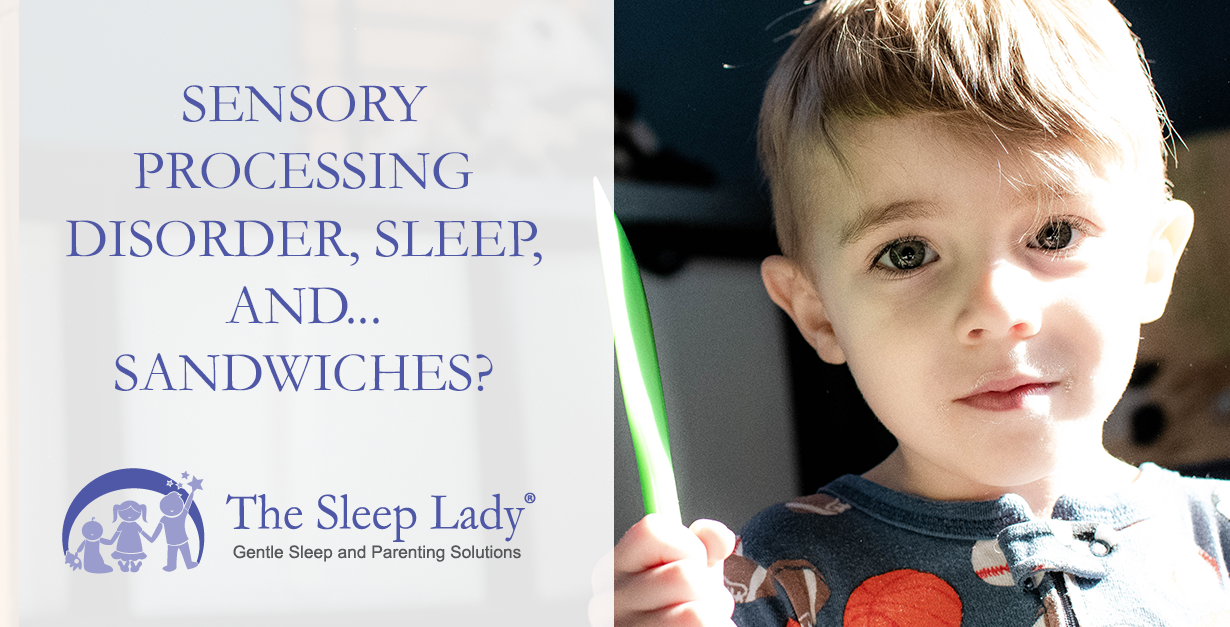We all know, “that kid”. The one who seems to move to the beat of their own drum. Maybe “that kid” is…yours. He’s fine as long as he’s doing his own thing, but thrust into an organized activity or classroom with behavioral expectations and, well, he’s in the corner knocking over someone else’s block castle. He’s a little “out of sync”. Perhaps you’ve even wondered if he has Sensory Processing Disorder.
Carol Stock Kranowitz, M.A., author of “The Out-of-Synch Child”, witnessed this in her preschool classroom. She spent 25 years teaching music, drama, and movement to preschool children and observing the handful of kids who just didn’t seem to fit the mold.
Many of these kids who went on to do poorly in school would be given medications to combat this kind of behavior. But those medications were not designed to treat what was really going on with these kids: Sensory Processing Disorder.
What is Sensory Processing Disorder?
According to Kranowitz, it’s pretty hard to diagnose. These children typically have average to above average intelligence and “look fine,” but have a difficult time functioning in life, can be clumsy, awkward, and have difficulties interacting with the world and people around them.
Sure, that sounds like every toddler or preschooler at some time. Sensory Processing Disorder (SPD) is defined by Kranowitz as an “inability to use information received though the senses in order to function smoothly in everyday life.” So, it’s not just an occasional tired moment, or pre-mealtime meltdown, but an all-day, every-day way of life for kids with SPD.
To make things more complicated, SPD can occur alone, or with other disabilities such as ADHD, ADD, and autism spectrum disorders. In fact, it has even been mistaken for symptoms of autism rather than its own disorder.
Everyday Life with a Sensory Processing Disorder
A child with SPD will have trouble regulating their emotions and moods. It may take awhile for this child to begin a task, for example, or to self-soothe after a disappointment.
Mealtimes for these kids can be difficult, too. Beyond the typical “picky eater” we all know, the child with SPD may actually have significant difficulties dealing with textures, flavors, and how those are integrated into their senses. They can also suffer from poor oral-motor skills, making chewing and swallowing difficult.
With these eating difficulties and pickiness can come a diet that just isn’t very healthy, with deficiencies in certain vitamins and minerals that come with refusing so many foods.
Children with SPD tend to have trouble with coordinated movements, can have high OR low activity levels, attention issues that can mimic ADD and ADHD, and unsurprisingly, impulse-control issues.
And then, there’s sleeping.
Sensory Processing Disorder and Sleep
“Falling asleep, staying asleep, and waking up may be problematic,” Kranowitz says. Remember that inability to self-soothe? That happens to be the first step in sleep-training, and a child with a SPD is going to have a hard time being put down to bed “drowsy but awake.”
SPD kids can awaken at night and then, predictably, have a hard time soothing themselves back to sleep.
Some of their sleep difficulties can be tied to activity levels during the day, too. A child with SPD can require a longer afternoon nap, for example, or have difficulty going to sleep for a much needed nap.
These sensory issues can even show themselves physically. For example, the child’s pajamas or sheets or other items in bed might not feel or smell “right,” causing more difficulty with the bedtime process.
To put it simply, these kids are fighting a constant battle between arousal/motivation and calming/self-soothing.
The Calming Bedtime Routine
All children can benefit from a calm and organized bedtime routine. A child with SPD especially needs a predictable, simple, and calm pre-bed ritual.
Kranowitz suggests a few ideas that can help at bedtime:
-Hard work during the day: In occupational therapy, “hard work” means creating tasks for kids to practice the things that are hard for them. That could be arm strengthening for a kid in a wheelchair, or tying shoes for a child with motor difficulties.
-Plenty of activity during the day
-A warm bath right before bed
-No screens for a few hours before bed
-A bedtime story (link)
-A calming sensory activity like massage or the Sandwich Activity below
-A weighted blanket (check with your OT about picking the correct weight for your child)
-Saying things like, “just pretend to sleep”
-A night light, white noise, or classical music

The “People Sandwich” Activity
Kranowitz’s books — she has written many for the “out-of-sync child” — are full of activities that will help a child with SPD learn healthy sensory processing. One of them, which promises to delight, is called “People Sandwich”. It’s one of her “101 Activities for Kids in Tight Spaces,” and is also in her first book. This activity is designed for ages 3 and up:
Materials:
- A mat, blanket, towel, thin mattress or gym pad
- Sponge, pot scrubber, or basting brush
- Your imaginations!
Your child is the “cheese” or “meat” of the sandwich. Have them lie face-down on the “bread”, which is the mat or their bed. Using the sponge or similar, spread imaginary condiments on the child. Using “firm, downward strokes,” you’ll cover arms, legs, and torso with imaginary mustard, ketchup, and mayo.
Each “condiment” you apply is a different texture. You could use your hands to smooth on the “mayo”. A “chopping motion” with the sides of your hands could symbolize lettuce.
Avoiding the head, of course, make different motions for each condiment. Making a deep “scrubbing” motion with your fingers from neck to toe will delight your child, and soothing, deep pressure that is not so light it tickles, will provide unmistakable sensory input.
That little scalp massage you get at the salon? Another great sensory input during this activity.
Using a second mat or folding the same one or a pillow , cover the child with the second piece of “bread” (not over their face of course) . Press down firmly, roll, and press your hands across your child as if to “squeeze out the extra” condiments.
According to Kranowitz, the “deep soothing pressure” your child feels is the activity’s purpose. The giggles you get are just your bonus!
Not All Behavior Disorders are A Sensory Processing Disorder
Carol Stock Kranowitz has written numerous books on Sensory Processing Disorder in children and adults, and is well-regarded as an expert in the field of Sensory Integration theory. She cautions everyone to be careful when looking for a diagnosis:
“Many children with SPD have behavior problems. However, most children with behavior problems do not have SPD. Every child is occasionally out-of-sync. Careful diagnosis is imperative to determine which symptoms are related to sensory processing problems, and which are not.”
More Information about Sensory Processing Disorders
If you think your child is “out-of-sync,” Kranowitz’s “The Out-of-Sync Child” is a great place to start. You’ll find detailed information about Sensory Processing Disorders, identifying them, how to seek help, and activities and games for you and your child.
Additionally, the STAR Institute for Sensory Processing Disorder in Denver has an informational page dedicated to all of your questions about SPD for all ages.
You can read more about Carol Stock Kranowitz, here.




